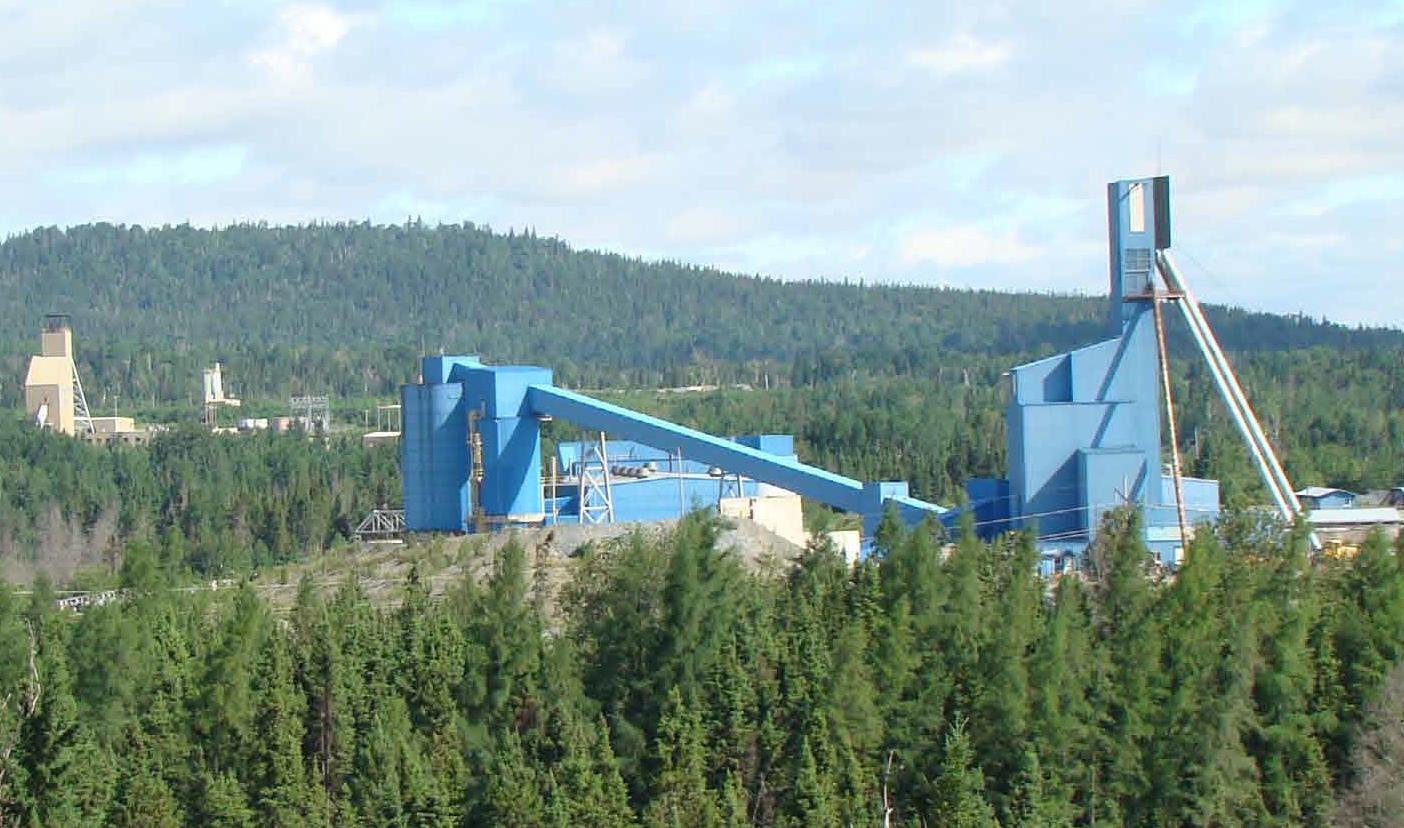
Jacques Perron, president and CEO of St Andrew Goldfields, talks about the company’s progress in bringing three mines into production in the Timmins area of Ontario, and prospects for further development.
The city of Timmins in northeast Ontario celebrates its centenary this year. Founded in 1912 by Noah Timmins after gold was found in the Porcupine Camp, it has since earned itself a reputation as the city with a heart of gold, lying within the Abitibi greenstone belt, the heart of gold production in Canada.
Among the mining companies operating in and around Timmins in the 21st century is St Andrew Goldfields Ltd. (SAS), a junior gold producer with three operating mines (Hislop, Holloway and Holt) and 120 km of exploration ground in the Timmins District. Exploration in 2011 resulted in a significant increase in resources and reserves, and 2012 exploration will continue to focus on highly prospective targets that lie near to the existing operations.
The Hislop mine is an open pit mine, while Holloway and Holt, acquired from Newmont Mining in 2006, are underground operations. “Production commenced at the Holloway Mine in October 2009, while the Hislop Mine entered production at the beginning of the third quarter of 2010,” said Jacques Perron, president and CEO. “We started pre-production work on the Holt Mine in the second half of 2010 and entered commercial production in April 2011.”
SAS produced 74,022 ounces of gold in 2011 while the Holt mine was ramping up and expects to produce between 90,000 and 100,000 oz. in 2012. Having properties within close proximity allows the company to maximize the efficiency of its processing resources. “We process the feed from all three mines at the Holt mill,” says Perron, “which has a current rated capacity of 3,000 tonnes per day at the moment.” The focus for 2012 is further ramping up and increasing production.
“Our success has been built on bringing small projects into production quickly,” adds Perron. “We have handled these projects internally and have been working to develop our expertise before tackling any major projects.”
Recent results have seen development going in the right direction. In Q4 of 2011 the company achieved record gold production of 22,350 ounces, record cash flow from operations of $13.9 million, and mine cash costs of $772 per ounce. Royalties of $137 per ounce take the cost figure just over $900, but as production continues to ramp up at the Holt and Holloway mines, SAS expects costs to continue to decrease to a target of around $800 per ounce during 2012, with Holt contributing approximately 50 percent of annual gold production for 2012.
The Holt Mill was constructed in 1988, originally designed for a throughput of 1,360 tpd. Expansions in 1988 and 2001 increased the throughput to 2,500 tpd and 3,000 tpd respectively. The mill was re-commissioned in September 2009, ahead of production from the Holloway Mine as the company entered into a custom milling agreement with a nearby producer. Ore from Holloway, Hislop and now the Holt Mine is being shipped to the mill for processing, with the mill currently at full capacity.
Exploration continues, with mineral reserves increasing to just over 0.7 million ounces at 31 December 2011, within measured and indicated mineral resources of 3.1 million ounces plus inferred mineral resources of 2.1 million ounces of gold. A pre-feasibility study on the Taylor project announced in February this year has outlined 173,000 ounces of mineral reserves, with near-term production and relatively low capital requirements. In a couple of years this should push production to over 125,000 oz. of gold.
The Taylor Project is located 53 km east of Timmins, and approximately 68 km by road west of the Holt Mill. SAS has budgeted a minimum of $7 million on its 2012 exploration program, which will focus on targets that lie near the existing operations.
"The significant increase of approximately one million ounces in our level of resources from all categories clearly demonstrates that our exploration efforts are paying off,” says Perron. "We only commenced exploration efforts in 2010, so we are still in the early stages, but we have a number of new discoveries that have the potential to turn into profitable ore bodies. We have quite a large land position and as we continue to develop and perfect our geological model, we have been able to better target our efforts in order to reap the best rewards. "
In common with many other mining operations, one of the biggest challenges facing SAS is the recruitment of qualified mining engineers and other key personnel, with a worldwide shortage of skills in the industry. The limited availability of skilled manpower held up mine development at the Holt mine in the first half of 2011. The implementation of an underground employee training program in the second quarter of 2011, coupled with improved equipment availability, helped to overcome this problem, resulting in a 36 percent increase in development productivity in the second half of 2011.
“Our strategy has been to focus on offering competitive conditions,” says Perron. “We are a young organization and offer interesting challenges to our people. As we grow we can give people the opportunity to increase their own expertise and professional profile.”
On 5 March 2012 St Andrew Goldfields commenced trading on the highest tier of the OTC (over-the-counter) market, the OTCQX in the US under the symbol STADF. The company’s shares will continue to trade on the Toronto Stock Exchange under the symbol SAS. “Advancing to the highest tier of the OTC markets in the US will create an easier and more effective route for US shareholders and investors to access SAS. We have a large level of interest from the US, and we believe this will be mutually beneficial to increase our shareholder base in the US and increase trading activity in the stock,” concludes Perron.
DOWNLOAD
 StAndrewsGoldfields-AM-Bro-s.pdf
StAndrewsGoldfields-AM-Bro-s.pdf













